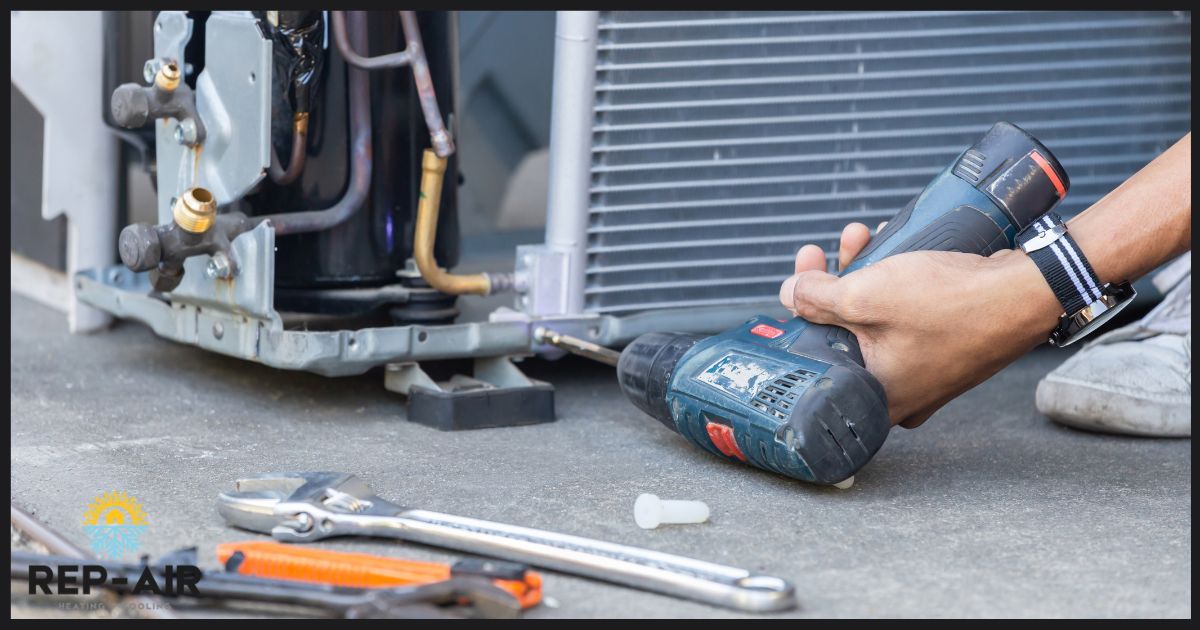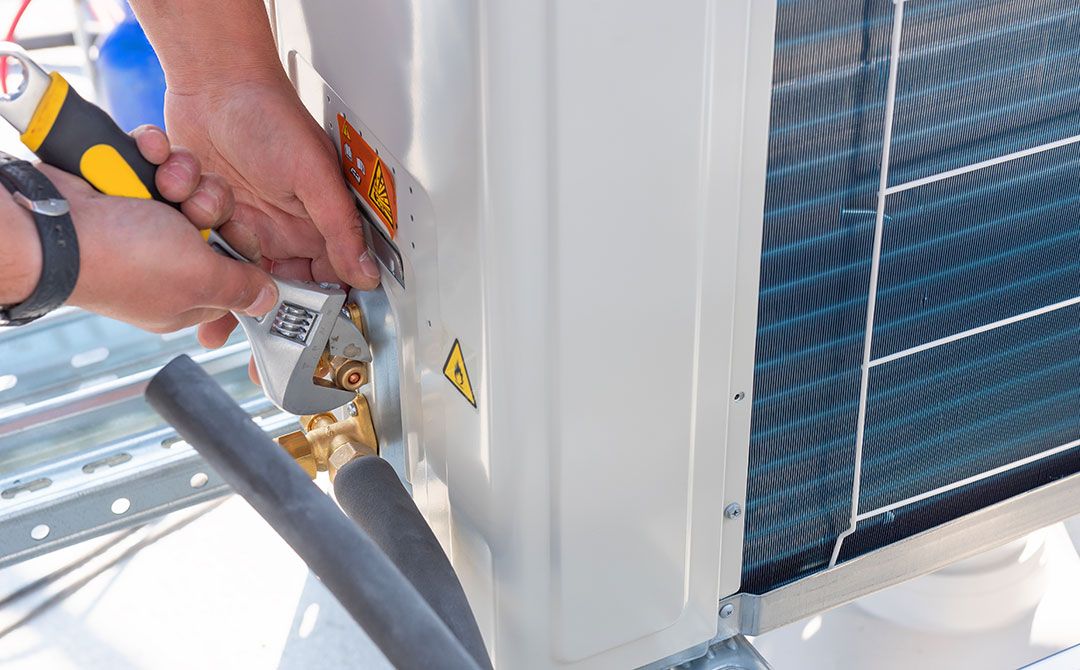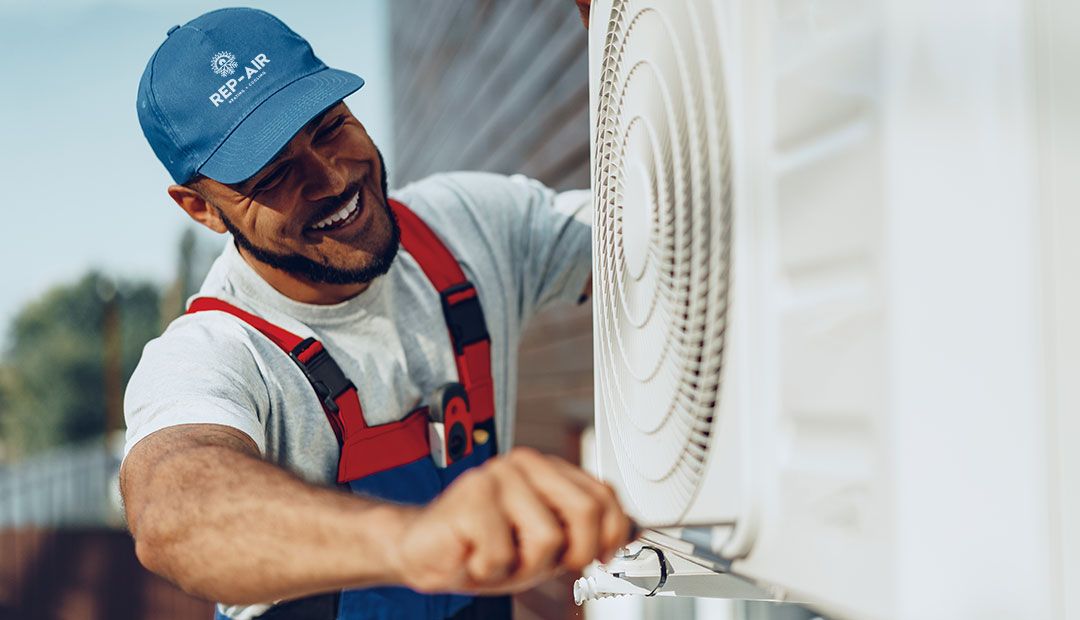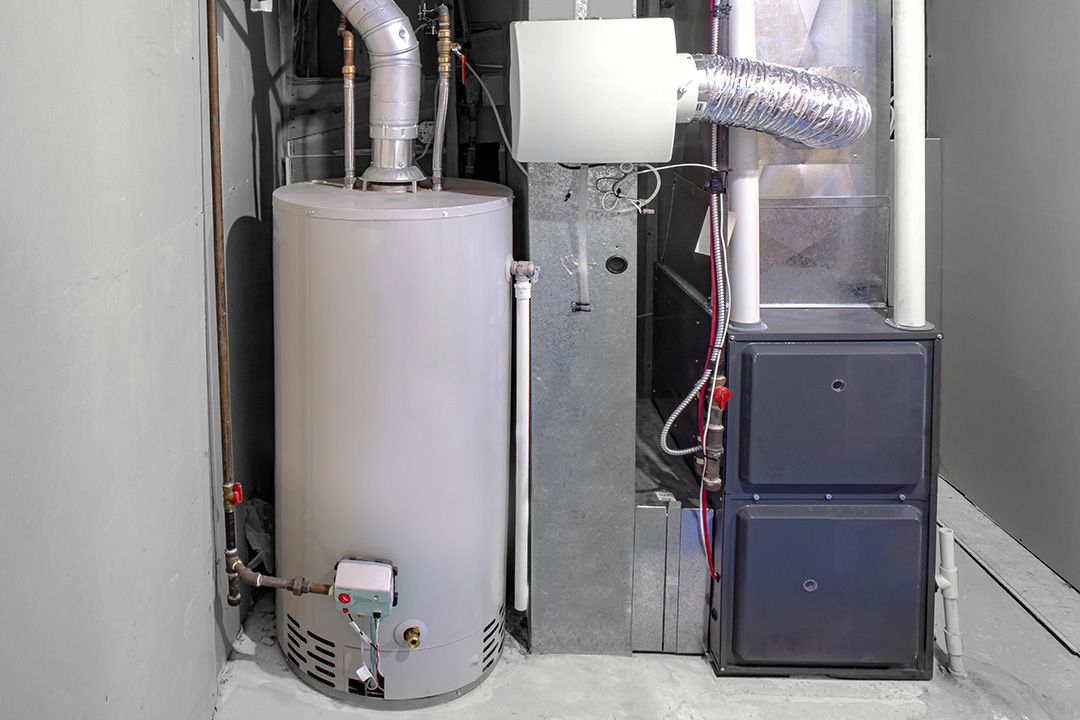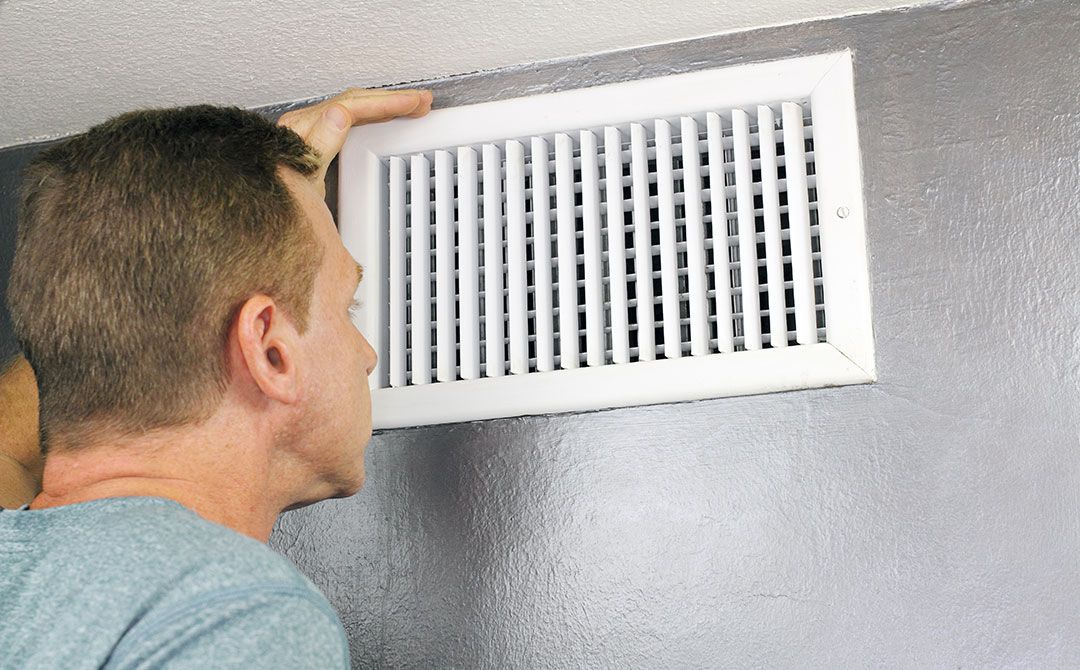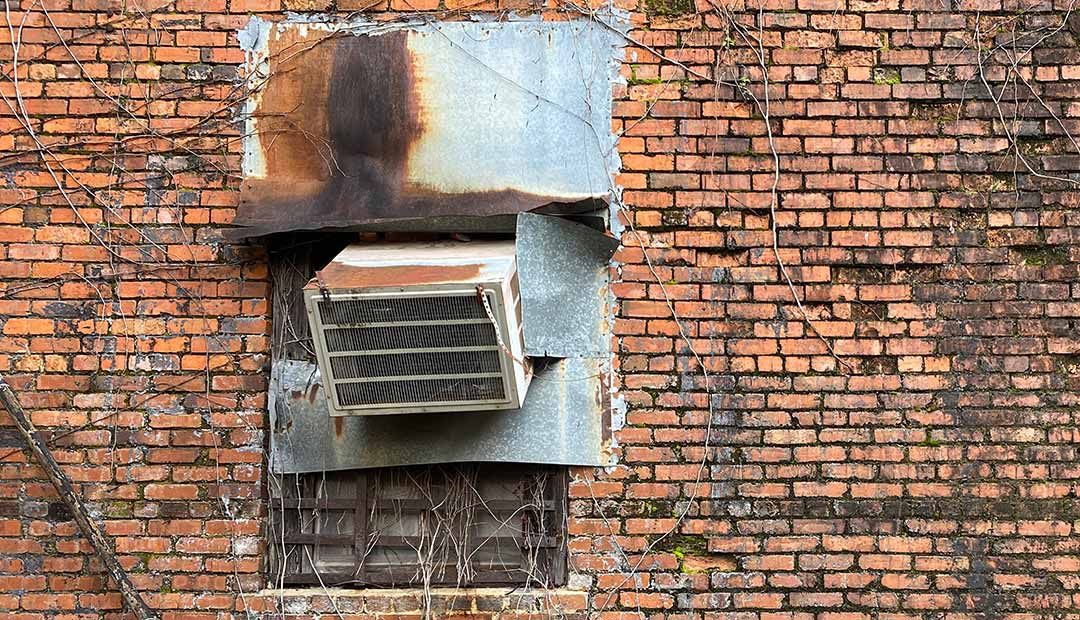Navigating Family-Owned HVAC Businesses: What to Expect
Why Family-Owned HVAC Companies Matter for Your Home Comfort
Choosing a family owned hvac company means partnering with a business that treats you like family, not just another service ticket. Here’s what sets them apart:
Key Benefits of Family-Owned HVAC Companies:
- Personal Service: You speak directly with owners who care about their reputation
- Community Investment: Local jobs and economic support in your area
- Long-term Focus: Building relationships over maximizing short-term profits
- Flexibility: Quick decision-making without corporate bureaucracy
- Local Expertise: Deep understanding of regional climate and building codes
When your heating breaks down on a cold winter night or your air conditioner fails during a summer heatwave, you want more than just a quick fix. You want a partner who understands your home, your needs, and your community.
Family-owned HVAC businesses operate differently than large corporate chains backed by private equity. While corporations often focus on volume and standardized processes, family businesses prioritize personalized solutions and lasting relationships. They know that their family name is on every truck and every service call.
The statistics back this up: family-owned businesses account for 90% of all businesses in the United States and are more likely to invest in their employees and communities. These companies often have a longer-term perspective, with an average lifespan of 100 years compared to just 24 years for non-family businesses.
But choosing a family owned hvac company isn’t automatically the right choice for everyone. You need to understand both the benefits and potential challenges to make an informed decision.
The Personal Touch: What Sets Family-Owned HVAC Service Apart
When we talk about the “personal touch,” we’re really talking about a fundamental difference in philosophy. For us, as a family owned hvac business, our reputation isn’t just about quarterly profits; it’s about the legacy we build within our community, often spanning generations. We pride ourselves on treating each customer like family, not just a transaction. This commitment to personalized service means we take the time to understand your specific needs, ensuring we provide custom solutions that truly fit your home and lifestyle. It’s about accountability, building long-term relationships, and ultimately, ensuring your complete satisfaction. Our flexibility and responsiveness are also key advantages, allowing us to adapt quickly to your needs and industry changes without the bureaucratic problems often found in larger entities.
Why Personalized Customer Service Matters
Have you ever called a large company and felt like you were just a number in their system? With a corporate entity, you might steer through automated phone trees, speak to different representatives each time, and find that their focus is on volume and speed. While this can sometimes be efficient, it often comes at the cost of genuine connection and understanding.
With a family owned hvac company like ours, the experience is inherently different. When you call us, you’re likely to speak directly with an owner or a long-term team member who knows the business inside and out. We’re here to listen, to understand your concerns, and to offer solutions that are truly built for you, not just a one-size-fits-all package. This direct communication fosters trust and ensures that your unique comfort needs are met with genuine care. We’re committed to building lasting relationships because we know that word-of-mouth and repeat customers are the lifeblood of our business. Our goal isn’t just to fix a problem, but to become your trusted partner for all your home comfort needs for years to come. You can read more about our customer-first approach and see what our clients say in our customer reviews.
The Flexibility and Responsiveness Advantage
One of the most significant benefits of choosing a smaller, family owned hvac business is our inherent flexibility and responsiveness. Unlike large corporate structures that are often bogged down by layers of management and rigid protocols, we have less bureaucracy. This means faster decision-making, allowing us to adapt quickly to unexpected situations or specific customer requests.
Imagine needing an urgent repair or having a unique installation challenge. A large company might have to jump through hoops to deviate from their standard procedures, potentially causing delays and frustration. For us, our ability to adapt means we can often provide more accommodating scheduling, custom solutions, and quicker emergency responses. This agility ensures that when things go wrong, we can be there for you when you need us most. We understand that time is critical when your HVAC system is on the fritz, and our streamlined operations allow us to prioritize your comfort efficiently. For more insights into how a dedicated HVAC team can make a difference, explore the 3 Benefits of Having an HVAC 24/7 Professional.
Community and Economy: The Broader Impact of Your Choice
When you choose a family owned hvac company, you’re doing more than just fixing your heating and cooling system. You’re making a choice that ripples through your entire community in ways you might not even realize.
Think about it this way: we’re not some faceless corporation with headquarters in another province or country. We live here in the Lower Mainland, just like you. Our kids go to local schools, we shop at the same grocery stores, and we care about what happens in our neighborhoods. When your furnace breaks down at 2 AM, it’s not just another service call to us—it’s helping out a neighbor who needs our expertise.
This connection runs deeper than just good customer service. Every dollar you spend with us stays right here in British Columbia, creating what economists call the economic multiplier effect. But let’s be honest—you probably don’t need to worry about economic theory when your air conditioner dies in July. What you do need to know is that choosing local means choosing someone who truly understands your specific challenges and climate needs.
Keeping Money in Your Local Economy
Here’s something that might surprise you: when you hire a family owned hvac company like Rep-Air, your money doesn’t disappear into some distant corporate bank account. Instead, it creates a positive cycle right here in your community.
The money you pay us goes toward local employment—we hire technicians, office staff, and apprentices from right here in the Lower Mainland. These folks then spend their paychecks at local restaurants, gas stations, and shops. We buy parts and supplies from local suppliers whenever possible, and we pay local taxes that support the schools, roads, and services we all depend on.
Many of us also give back through community sponsorships and local events. It’s not just about business—it’s about being good neighbors. When a large corporation comes to town, they might offer lower prices initially, but where does that money end up? Usually somewhere far away, doing nothing for your local economy.
This creates what we like to call sustainable local growth. Instead of wealth flowing out of our communities, it stays here, creating more jobs and opportunities for everyone.
Expertise Custom to Your Area
Living and working in the same place for years gives us something no out-of-town company can match: deep, practical knowledge of exactly what works in our climate and conditions.
We understand the regional weather patterns that affect your HVAC system. The damp winters, the surprisingly hot summer days, the way humidity behaves differently in Burnaby versus Mission—these aren’t abstract concepts to us. We’ve been dealing with these conditions in homes just like yours for years.
Our technicians know the local building codes inside and out because they work with them every single day. We’re familiar with the common local issues that pop up in different neighborhoods. Some areas have specific ventilation challenges, others deal with particular types of moisture problems, and we’ve seen it all before.
This expertise means we can offer solutions for common local issues that an out-of-town company might miss entirely. We know which systems perform best in our specific climate, and we understand the unique challenges that Lower Mainland homeowners face.
We proudly serve the Lower Mainland from Aldergrove to White Rock, and this local focus makes all the difference in the quality of service we provide. Understanding why consistent, local service matters is something we explore in detail in our article about Why Regular HVAC Services Matter.
Potential Pitfalls and How to Steer Them
Let’s be honest here – no business model is perfect, and family owned hvac companies are no exception. While we believe strongly in the family business approach, we also think you deserve to know the whole picture before making your decision. Being an informed consumer means understanding both the strengths and potential challenges that can come with choosing a family-owned business.
Think of it this way: every rose has thorns, but that doesn’t make it any less beautiful. The key is knowing what to look for so you can make the best choice for your family.
Understanding Potential Drawbacks of a family-owned hvac business
Sometimes the very things that make family businesses special can also create challenges. Smaller team sizes mean you might wait a bit longer during busy seasons compared to a massive corporation with hundreds of technicians. While we work hard to serve our customers quickly, we can’t be everywhere at once.
Technology adoption can sometimes be slower in family businesses, especially if the older generation is hesitant to accept new systems. We’ve heard stories from industry forums about family conflicts affecting day-to-day operations – imagine trying to get work done when Dad and Son disagree about everything from scheduling software to service procedures.
Generational transitions can be tricky too. Sometimes an aging founder has trouble letting go, even when their abilities start to decline. This can lead to confusion, mistakes, or outdated practices that don’t serve customers well. It’s a delicate balance between respecting experience and embracing progress.
Resource limitations are another reality. A family business might not have the massive advertising budget or extensive fleet that a corporate chain offers. This can mean fewer technicians available for emergency calls or limited 24/7 availability during peak times.
The Impact of Private Equity vs. Family Ownership
Here’s where things get really interesting. Many HVAC companies that look like local businesses are actually owned by private equity firms focused on one thing: maximizing profits for their investors. These companies operate very differently from true family owned hvac businesses.
Private equity-backed companies often create pressure to upsell because they need to hit aggressive profit targets. Their technicians might be incentivized to recommend expensive equipment replacements when a simple repair would do. Employee turnover tends to be higher because these companies prioritize cost-cutting over building a stable, experienced team.
Standardized service is another hallmark of corporate ownership. While consistency sounds good in theory, it often means your unique situation gets squeezed into their one-size-fits-all approach. They’re not necessarily thinking about what’s best for your specific home or your long-term comfort.
In contrast, our reputation as a family business is tied directly to our family name. We can’t hide behind corporate policies or blame distant shareholders when something goes wrong. This creates natural accountability and keeps us focused on building lasting relationships rather than maximizing this quarter’s numbers.
We believe in honest service and transparent pricing. As we always tell our customers, why the cheapest HVAC system isn’t always the best – because true value comes from quality work that lasts, not from cutting corners to boost profits.
Your Vetting Checklist: Choosing the Right Family-Owned HVAC Partner
You’ve learned about the benefits and potential challenges of working with a family owned hvac company. Now comes the important part: making sure you choose the right one. Think of this as your detective work phase. You wouldn’t hire a babysitter without checking references, so why would you trust your home’s comfort system to just anyone?
The good news is that finding a trustworthy partner doesn’t have to be overwhelming. With the right questions and a bit of homework, you can feel confident about your choice. After all, this isn’t just about fixing a broken furnace – you’re looking for a long-term relationship with people who will take care of your family’s comfort for years to come.
How to Ensure You’re Hiring a Reputable family-owned hvac company
Finding a reliable family owned hvac company starts with doing your homework. The first thing to check is their licenses and insurance. Every legitimate HVAC company should have current provincial and local licenses, plus full insurance coverage. Don’t be shy about asking to see these documents – any reputable company will happily provide them.
Next, look for industry certifications like NATE (North American Technician Excellence). This shows their technicians have proven their skills through rigorous testing. It’s like a seal of approval that says they know what they’re doing.
Online reviews tell the real story. Check Google Reviews and the Better Business Bureau to see what other customers are saying. Look for patterns in the feedback, and pay attention to how the company responds to any complaints. A business that takes criticism seriously and works to make things right shows they care about their reputation.
Years in business matter too. Companies that have been around for decades have survived economic ups and downs, which speaks to their stability and quality. They’ve also had time to build strong relationships in the community.
Finally, ask about warranties on both parts and labor. A company that stands behind their work with solid warranties shows confidence in their service quality. For more detailed guidance on choosing a reliable partner, check out How to Make Sure the HVAC Company You Choose Will Be Reliable.
Questions to Ask Before You Hire
Once you’ve narrowed down your choices, it’s time to have some important conversations. The right questions can reveal a lot about how a family owned hvac company operates and whether they’re a good fit for your needs.
Start by asking about load calculations for any new installation work. A professional company will perform computerized in-home Manual J load calculations to properly size your system. This isn’t just technical jargon – it’s the difference between a system that works efficiently for years and one that struggles from day one.
Ask them to explain their service process from start to finish. How do they handle initial assessments? What happens during installation? How do they follow up afterward? A clear, organized approach shows professionalism and helps you know what to expect.
Maintenance plans are crucial for keeping your system running smoothly. Ask what their comprehensive maintenance includes – regular tune-ups, cleaning, filter changes, and performance checks should all be part of the package. Regular maintenance is your best defense against expensive breakdowns.
Be upfront about pricing structure too. A trustworthy company will provide detailed written estimates before starting any work. There should be no surprises or hidden fees. Transparency in pricing reflects honesty in all their business dealings.
Don’t forget to ask about emergency services. When your heating fails on the coldest night of the year, you need to know help is available. What are their response times? Do they offer 24/7 support? Understanding their emergency policies can save you stress later. For more essential questions to consider, read our guide on 5 Questions You Should Ask Before Replacing Your HVAC.
The Importance of Indoor Air Quality
Here’s something many homeowners don’t think about until it becomes a problem: the quality of the air inside your home. A truly comprehensive family owned hvac company won’t just focus on temperature – they’ll care about the air your family breathes every day.
The EPA has found that indoor air pollution can be two to five times worse than outdoor air, which is pretty shocking when you think about how much time we spend inside our homes. Poor indoor air quality can trigger allergies, worsen asthma, and make everyone in your family feel less comfortable and healthy.
A good HVAC partner will discuss air filtration options with you. This might mean upgrading to higher-quality filters or installing whole-home air purification systems. They should also talk about ventilation – making sure your home gets proper fresh air exchange to prevent pollutants from building up.
Humidity control is another important piece of the puzzle. Too much humidity can lead to mold growth and that sticky, uncomfortable feeling. Too little can cause dry skin, static electricity, and even damage to your furniture. The right company will help you find that sweet spot where your family feels comfortable and healthy.
When you’re interviewing potential HVAC partners, ask them about their approach to indoor air quality. Their answer will tell you a lot about whether they see the big picture of home comfort or just focus on the basics. To learn more about protecting your family’s health, explore our tips on Ways to Improve Your Home’s Air Quality.
Frequently Asked Questions about Family-Owned HVAC Companies
When homeowners are considering a family owned hvac company, we hear the same questions come up again and again. It’s natural to wonder about the differences between working with a family business versus a large corporation. Let’s tackle these concerns head-on with honest, straightforward answers.
Are family-owned HVAC companies more expensive?
This is probably our most common question, and the answer might surprise you. Family owned hvac companies often provide better value than their corporate counterparts, even if the upfront costs seem similar.
Here’s why: we don’t have massive advertising budgets or layers of corporate management to fund. We’re not paying for fancy TV commercials or corporate headquarters in distant cities. Instead, our money goes toward quality technicians, better equipment, and exceptional service.
More importantly, we’re not under pressure from investors to hit quarterly profit targets. This means we’re less likely to push unnecessary upgrades or overcharge for services. Our business model depends on repeat customers and word-of-mouth referrals, so providing fair, honest pricing is essential to our survival.
When you factor in our personalized service, local expertise, and commitment to getting the job right the first time, the value proposition becomes clear. We’re investing in a long-term relationship with you, not just a one-time transaction.
What happens if I have an issue with the service?
This is where family owned hvac companies truly shine. When something goes wrong, you’re not calling a 1-800 number to speak with someone in a call center who has no connection to your local technician.
Instead, you’re talking directly to the owner or a key family member whose name is literally on the truck parked in your driveway. Our family reputation is on the line with every service call. If there’s a problem, we take it personally because it is personal.
We’ve built our business on trust and reliability in the Lower Mainland community. When issues arise, we address them quickly and completely because our future depends on your satisfaction. There’s no corporate bureaucracy to steer or policies that prevent us from doing what’s right.
This accountability creates a level of service that’s hard to match. We’ll go the extra mile to make things right because your neighbors, friends, and family will hear about your experience – good or bad.
Can they handle complex installations and modern technology?
Absolutely! This misconception stems from the idea that smaller means less capable, but that’s simply not true for reputable family owned hvac companies.
We invest heavily in ongoing training for our technicians because staying current with technology is essential to our success. Modern HVAC systems are incredibly sophisticated, from smart thermostats to variable-speed heat pumps to advanced air filtration systems.
Our technicians regularly attend training sessions on the latest equipment and installation techniques. We work with the same high-quality manufacturers and use the same advanced diagnostic tools as any large company. In fact, because we’re not locked into corporate contracts with specific suppliers, we often have more flexibility to choose the best products for your specific needs.
Whether you need a complex zoned system installation, smart home integration, or energy-efficient heat pump setup, we have the expertise and equipment to handle it. We perform proper load calculations, follow all local building codes, and ensure your system is optimized for our Lower Mainland climate.
The difference isn’t in our technical capabilities – it’s in the personal attention and customized solutions we provide for each installation.
Conclusion
When you choose a family owned hvac company, you’re making a decision that goes far beyond just fixing your furnace or air conditioner. You’re choosing a partnership built on trust, community values, and genuine care for your home comfort.
Throughout this guide, we’ve explored the unique advantages these businesses bring to the table. The personal touch means you’ll never be just another service ticket in a system. Instead, you’ll work directly with owners who stake their family name and reputation on every job. The community impact ensures your investment stays local, supporting jobs and economic growth right in your neighborhood. And the flexibility and responsiveness means you get custom solutions without the bureaucratic red tape.
Yes, it’s important to do your homework. Not every family business is created equal, and understanding potential challenges helps you make a smarter choice. But with proper vetting – checking licenses, reading reviews, and asking the right questions – you can find a partner who truly has your back.
For us at Rep-Air Heating And Cooling, being a family owned hvac business in the Lower Mainland isn’t just about how we operate – it’s about who we are. We’ve built our reputation on treating every customer like family, because that’s exactly how we see you. When your heating fails on a freezing January night or your air conditioning gives out during a summer heatwave, we’re not just your service provider. We’re your neighbors who genuinely care about getting your family comfortable again.
Our commitment extends beyond emergency repairs. We believe in building lasting relationships through honest communication, transparent pricing, and comprehensive maintenance that keeps your systems running smoothly year after year. Whether you need help with heating, cooling, plumbing, or electrical work, we’re here to be your trusted partner for the long haul.
The choice is yours, but we believe that when it comes to your home’s comfort and your family’s well-being, a local family owned hvac company offers something special that corporate chains simply can’t match.
Ready to experience the Rep-Air difference? Learn more about our heat pump services and find how we can help keep your home comfortable all year long.


















